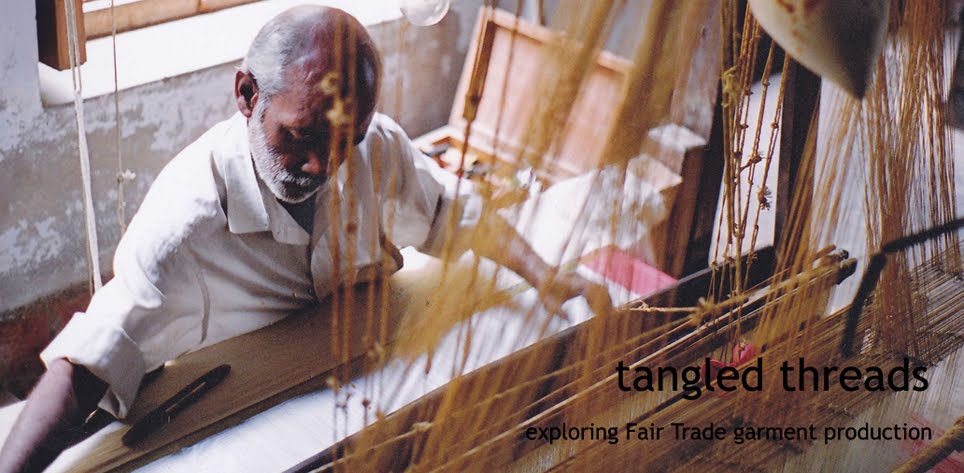
.JPG)
.JPG)
.JPG)
12th August 2010
This morning we had breakfast in a local place, I thought at the time it would be a good idea to try a traditional fish roti – yes, excellent idea Kate. My stomach began to churn. But no time to waste, we began to explore the old fort and almost immediately we found a government led initiative making the traditional Beeralu lace which came from either the Portuguese or the Dutch colonists depending on the source. It is really amazing how it is painstakingly made. The thread is held in position by pins in a padded bolster, each thread is then attached to a little turned wood handle and the woman uses these (on average about 20) to knot and twist the thread into intricate and very delicate lace. This particular initiative employs a woman from a surrounding village to train six women at a time for six months in this complicated art. We were all instantly enamored with it and set about the difficult task of choosing our pieces – the lace is obviously not cheap as a tiny piece can take a whole day to make.
We then moved on to another project inside the walls of the fort. This used to be affiliated with a lace project called the Power of hands which was set up just after the tsunami which affected the coast of Sri Lanka so badly. It is now Shoba, and makes many different kinds of handicrafts including Beeralu lace and bags. It was brilliant to meet Anusha Liyanage who runs the project and seems genuinely devoted to it and all of the workers. Shoba is not WFTO certified, Anusha explained that she would like to be but had no idea how to go about it. Instantly my ears pricked up and I asked if I could come back down for a couple of days to work with her and investigate the business further. A perfect case study on how to improve Fair Trade systems. Anusha agreed and it was decided that I would go down for the 16th and 17th.
My stomach had not improved, I was finding it difficult to concentrate and even after Anusha gave us a glass of sweet lime I still felt more than quesy. Nirmali and Lakdas left us to find out more places to visit from the Export authority so Beth, Saida, Zoe and I got drink and went and sat on the rampart (or in my case lay) for about an hour – still no improvement. When the doctors came back to pick us up, they commented on my green colouring. But I soldiered on as the next place to visit was a coir (coconut fibre) yarn producing place. It was just three women working on twisting the fibre by hand spinning wheel. They spin about 10 kilos of fibre every day, from this they make 250 ropes which they sell for 2.2 rupees each (4 pence). From here we travelled down the lane to the coir fibre producing plant, again set amongst a tropical backdrop of lush greenery and swaying palms. I let the others walk ahead as I felt my mouth begin to water, I then swiftly puked into the bushes and onto an unsuspecting lizard. Feeling much better I joined the others to learn about the production of coir fibre. They basically put the coconut husks through a blender/mulcher which spits it out the other end.
When we finally reached the hotel we were very pleasantly surprised that we had a pool right outside our rooms which attempted to be an infinity pool – it didn’t quite work because the pool was bright blue and the sea was choppy and navy. But we all enjoyed a swim; I then started to feel ill again so I had a nap. The others got ready for dinner and I felt like I should go, the restaurant was lovely and served fresh seafood – it didn’t smell so great to me. I stupidly downed a fresh lime soda too fast and had to make a run for the toilet, I am sure much to the delight of the German couple sitting just outside. Beth took me home and after some anti-nausea medication I went to sleep hoping I would be better in the morning.

No comments:
Post a Comment